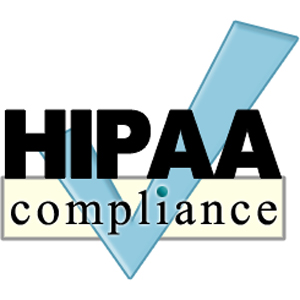October 25, 2010
Making HITECH Work

By Michael D. Shaw
Public opinion is divided—to say the least—on the expanding involvement of the federal government in health care. Patients are concerned about how their current level of care will be affected, and doctors are concerned about the growing bureaucratic intrusion, as well as the likely increase in paperwork.
The paperwork issue has been addressed via Title XIII of the American Recovery and Reinvestment Act of 2009 (ARRA). This Title is also known as the Health Information Technology for Economic and Clinical Health Act (HITECH Act), and reserves $22 billion to “advance the use of health information technology.” Looking past the cool acronym…
HITECH sets the stage for President Obama’s goal of fully achieving e-health records by 2014, and its provision requiring the reporting of data breaches is already in effect. Of great interest is a provision authorizing incentive payments for so-called “meaningful use” of certified e-health record technology.
According to the website of The Centers for Medicare & Medicaid Services, “CMS’ goal is for the definition of meaningful use to be consistent with applicable provisions of Medicare and Medicaid law while continually advancing the contributions certified EHR technology can make to improving health care quality, efficiency, and patient safety.”
David Blumenthal, MD—National Coordinator for Health Information Technology—reminds us that “meaningful use” is more about improving patient care than it is about the technology itself.
The first incentive payments are scheduled for 2012, and—as you can imagine—there is no shortage of helpful hints coming from scores of vendors who are in the e-health record space. The jury is still out regarding whether the incentives will offset the increased costs to be borne, at least initially, by the providers. One wonders how all this will play out when patients start to become aware of the incentives. Will they ask for rebates?
One company that offers a unique approach to e-health records is Glendale, CA-based LigoLab. I recently spoke with Suren Avunjian, VP of Sales & Business Development, of the four-year-old organization. LigoLab concentrates on the clinical laboratory end of health care, and describes its group of products as a “dynamic, comprehensive and scalable laboratory information system designed to accommodate a wide array of laboratory environments.”
Modules include
- Anatomical Pathology (Case management)
- Inventory
- Reporting
- Remote Order Entry (To be used by the lab’s clients)
- Document Imaging
- Specimen Tracking
Avunjian says that the idea is to be able to control the entire work-flow of a clinical laboratory.
While LigoLab is available as a typical enterprise software system, installed on the lab’s own server, the company also offers a unique and innovative approach. The lab can elect to pay for training, and then access the various modules via the Web, being charged a monthly fee based on usage—a pay-per-click model, if you will. This model promises to be very attractive, especially to new customers.
In keeping with the intent of HITECH, all data is encrypted, access is carefully controlled on a need-to-know basis, and there is an audit log of all actions. Since the lab orders are generated by the referring doctors, there is less potential for error, and specific preferences of the referring doctor can be built into the system.
In theory, the move to electronic health care record-keeping should be a boon to all involved. In practice, though, the transformation of complex manual systems to a computer-based version has been anything but trouble-free. In nearly all cases—whether the application be retail sales, banking, stock portfolios, or social networks—problems crop up regarding data privacy and security.
Inasmuch as health care is vastly more complicated than all of the above applications, great challenges will be faced. And, even if they are met, the ultimate test of e-health records will still be if they improve outcomes for the patient.

